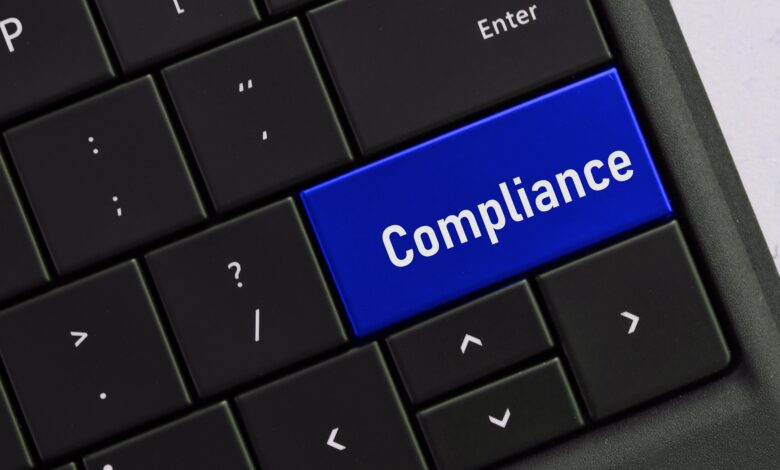
Legal compliance and risk management are crucial aspects of any organization’s operations, ensuring adherence to regulatory requirements and minimizing potential legal pitfalls. With the emergence of advanced technologies, these functions can be significantly improved upon to ensure smooth and optimal operation.
For example, an RAG tool is one such technology that offers substantial benefits by providing timely and accurate information, which is why companies like K2view are dedicated to providing businesses with the upper hand in today’s competitive markets.
In this article, we address how RAG technology can assist legal and compliance teams in monitoring regulatory changes, retrieving relevant legal documents, and assessing risk factors to further their business development.
Monitor Regulatory Changes
Staying up-to-date with regulatory changes is a constant challenge for legal and compliance teams. Regulations can vary widely across different jurisdictions and industries, and they are frequently updated. Missing a crucial regulatory change can result in non-compliance, and can potentially bear with it severe legal and financial consequences.
RAG technology can revolutionize the way organizations monitor regulatory changes as these systems can continuously scan and analyze regulatory databases, legal updates, and industry news to provide real-time alerts and summaries of relevant changes. This capability ensures that organizations remain compliant with evolving laws and regulations.
For example, a multinational corporation operating in multiple countries needs to comply with various local regulations. A RAG system can automatically track regulatory updates in each jurisdiction, summarize the changes, and alert the compliance team to any new requirements. This real-time monitoring reduces the risk of non-compliance and allows the organization to take prompt action to address any changes.
Furthermore, RAG systems can prioritize and categorize regulatory changes based on their relevance and impact on the organization. This helps legal and compliance teams focus on the most critical updates, ensuring that no important regulation is overlooked.
Retrieving Relevant Legal Documents
The ability to quickly and accurately retrieve relevant legal documents is essential for legal and compliance teams. Whether it’s finding specific statutes, case laws, or regulatory guidelines, traditional methods of searching through vast legal databases can be time-consuming and inefficient.
RAG technology can streamline this process by efficiently searching through extensive legal databases to find and summarize pertinent information. This not only saves time but also ensures that legal teams have access to the most current and relevant documents for their needs.
For instance, when preparing for a compliance audit, a legal team might need to reference specific regulations and past legal cases. A RAG system can quickly pull up the necessary documents, providing summaries and highlighting key points. This rapid access to information enhances the team’s ability to prepare thoroughly and accurately for the audit.
Moreover, RAG can assist in creating comprehensive legal research reports. By compiling relevant documents and generating detailed summaries, RAG systems enable legal professionals to present well-organized and informative reports. This enhances the quality of legal advice and ensures that decision-makers have all the necessary information at their fingertips.
Assessing Risk Factors
Proactively managing legal and compliance risks is essential for maintaining organizational integrity and avoiding legal issues. Traditional risk assessment methods often rely on manual processes and can miss emerging threats.
RAG technology can significantly enhance risk assessment by analyzing both internal and external data to identify potential risk factors. This includes scanning for non-compliance with regulations, monitoring legal trends, and assessing the impact of new laws on the organization.
For example, a financial services company can use RAG to analyze transaction data and detect patterns indicative of regulatory non-compliance or fraudulent activities. By identifying these risk factors early, the company can take corrective actions before they escalate into more significant issues.
Additionally, RAG can provide actionable insights to mitigate identified risks. By generating detailed reports on potential threats and recommending preventive measures, RAG systems empower organizations to adopt a proactive approach to risk management. This not only reduces the likelihood of legal issues but also enhances the organization’s reputation for compliance and integrity.
Integrating RAG Technology for Mitigating Risk
Retrieval Augmented Generation represents a significant advancement in legal compliance and risk management, giving legal and compliance teams the ability to improve decision-making and ensure that their organizations stay compliant with regulatory requirements while effectively managing legal risks.
As organizations continue to adopt advanced technologies, it’s important to embrace an RAG infrastructure to achieve more efficient operations, higher compliance rates, and a stronger overall risk management strategy. With these combined boosts, organizations can ultimately expect to contribute to long-term growth and success.



